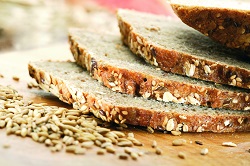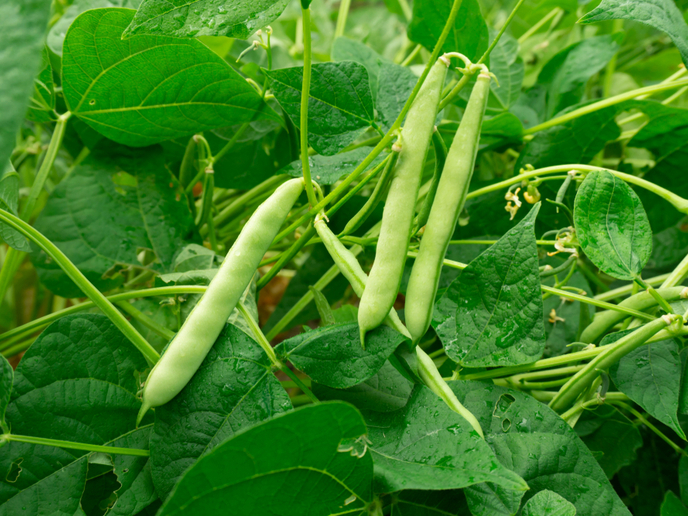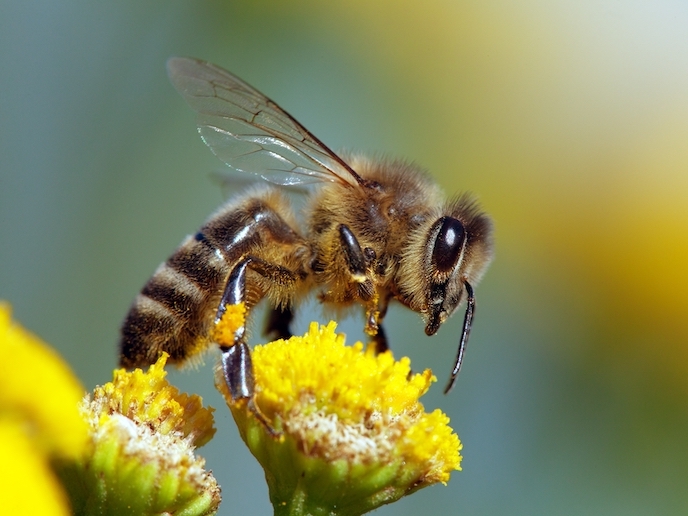Europe turns to the production of minor cereals
The major cereals wheat, barley and maize account for more than 85 % of the cereals currently grown and produced on a global scale. However, they are dependent on large inputs of artificial fertilisers, pesticides and energy, and are also more vulnerable to environmental pressures such as drought and crop diseases. Rye, oat and hulled wheat species (spelt, emmer and einkorn) are grown on a much smaller scale and are classified as minor cereals. Despite their lower yields, interest in cultivating them is increasing as they are better suited for organic farming, need lower inputs of fertilisers and pesticides, and have more resilience. The EU-funded HEALTHYMINORCEREALS (An integrated approach to diversify the genetic base, improve stress resistance, agronomic management and nutritional/processing quality of minor cereal crops for human nutrition in Europe) project was designed to enhance the cultivation and production of minor cereals. The rationale was that healthy nutrition requires food diversification for maximum uptake of bioactive compounds and micronutrients. Furthermore, “minor cereals have a great potential in sustainable agriculture where production is simultaneously environmentally friendly,″ adds project coordinator Dr Dagmar Janovska. New minor cereal varieties with improved characteristics HEALTHYMINORCEREALS applied state of the art methods for the genetic characterisation and phenotyping of more than 800 genotypes of five minor cereal species, namely spelt, rye, oat, einkorn and emmer. Many minor cereal varieties and their wild relatives have fallen out of use but have been conserved in European gene banks for years. “The objective was to identify promising genetic characteristics for yield, resistance to important fungal diseases, more efficient use of fertilisers, nutritional quality, suitability for food processing and other beneficial traits,″ explains Dr Janovska. Cereals are known to be rich in antioxidant compounds which remove highly toxic free radicals and thereby minimise oxidative stress and inflammatory diseases. Researchers analysed minor cereal species for phenolic compounds, ß-glucan and dietary fibre content. Interestingly, they discovered that certain minor cereal species contain much higher levels of total antioxidants in comparison to currently cultivated varieties of common wheat. In addition, minor cereals are more robust and resilient and therefore better able to withstand adverse climatic conditions and resist certain crop diseases. Considerable effort was put into optimising conditions for cultivation in four European countries with different climates and soils, with an emphasis on organic fertilisation. HEALTHYMINORCEREALS partners identified varieties that grow better on marginal soils and are suitable for sustainable agriculture. Minor-cereal-based foods In the final stage of the project, the consortium organised farmer-participatory trials using the most promising agronomic management practices, which were further investigated in commercial fields rather than agricultural stations. In addition, they studied milling, extrusion and baking processes for minor cereals while maintaining the nutritional value of the crops. Food safety and quality were a top priority of the project, considering protocols that could be scaled up for industrial purposes. By taking into account European regional differences, partners are considering various approaches for introducing minor cereals onto the market. Dr Janovska is confident that “HEALTHYMINORCEREALS will have a major impact on the cultivation and consumption of minor cereals in Europe, responding at the same time to global environmental changes, as well as consumers’ increasing demands for healthy food.″
Keywords
HEALTHYMINORCEREALS, minor cereals, genotype, agriculture, antioxidant







